Table of content
- 1 Shrimp: The Star Ingredient
- 2 Vegetables: Adding Color and Nutrition
- 3 Aromatics and Seasonings
- 4 Binders and Wrappers
- 1 Shrimp Preparation
- 2 Vegetable Prep
- 3 Mixing the Filling
- 1 Boiling
- 2 Steaming
- 3 Pan-Frying
- 1 Allergy Awareness
- 2 Choking Prevention
- 3 Portion Control
- 4 Nutritional Benefits
- 1 Freezing Techniques
- 2 Reheating
- 1 Vegetable Medleys
- 2 Herb Infusions
- 3 Alternative Proteins
- 4 Cultural Twists
- 1 Watery Filling
- 2 Wontons Falling Apart
- 3 Overcooked Shrimp
- 1 Broth Pairings
- 2 Dipping Sauces
- 3 Meal Combinations
Introduction
Introducing solid foods to your baby is a milestone filled with excitement and a touch of nervousness. Among the many options available, shrimp wontons stand out as a nutritious, flavorful, and versatile choice. Packed with protein, omega-3 fatty acids, and essential vitamins, shrimp provides a gentle introduction to seafood while supporting your child’s growth and development. This article delves into the art of creating baby-friendly shrimp wonton filling, offering a detailed roadmap from ingredient selection to creative serving ideas. Whether you’re a seasoned parent or a first-time caregiver, this guide equips you with the knowledge to prepare wholesome, delicious wontons that your little one will love.
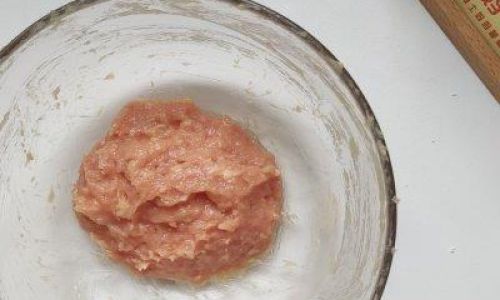
Ingredients Selection: Building a Nutrient-Rich Foundation
The success of any dish begins with quality ingredients. For baby shrimp wonton filling, freshness and simplicity are paramount. Here’s a breakdown of key components:
1 Shrimp: The Star Ingredient
- Fresh vs. Frozen: Opt for wild-caught or sustainably farmed shrimp whenever possible. Fresh shrimp should have a mild, oceanic scent and firm texture. Frozen shrimp, if pre-cooked, must be thoroughly thawed and patted dry to avoid excess moisture.
- Size Matters: For babies, small to medium shrimp (51-60 count per pound) are ideal. They’re easier to mince and pose fewer choking risks.
- Preparation: Peel and devein shrimp before use. Remove tails to prevent choking hazards.
2 Vegetables: Adding Color and Nutrition
- Carrots: Sweet and rich in beta-carotene, grated carrots add natural sweetness.
- Peas: Frozen peas are convenient and packed with fiber; thaw and mash lightly.
- Spinach or Zucchini: Finely chopped spinach boosts iron content, while zucchini offers hydration.
3 Aromatics and Seasonings
- Spring Onions: Use only the green parts for mild flavor.
- Ginger: A tiny amount of freshly grated ginger aids digestion.
- Light Soy Sauce or Tamari: A dash adds umami without overpowering.
- Sesame Oil: A tiny drizzle enhances aroma; use sparingly.
4 Binders and Wrappers
- Egg White: Acts as a binder to hold the filling together.
- Wonton Wrappers: Choose thin, square wrappers. Homemade dough (flour, water, egg) offers control over texture but requires time.
Preparation Steps: Mastery Through Detail
1 Shrimp Preparation
- Deveining: Use a paring knife to make a shallow cut along the shrimp’s back and remove the dark vein.
- Mincing: Pulse shrimp in a food processor until coarsely ground. Avoid over-processing to prevent a mushy texture.
2 Vegetable Prep
- Grating vs. Chopping: Grate carrots for a smoother consistency; finely dice zucchini or spinach.
- Sautéing (Optional): Lightly cook vegetables to reduce moisture and enhance flavor. Let cool before mixing.
3 Mixing the Filling
- Combine shrimp, vegetables, and aromatics in a bowl.
- Add a pinch of salt (for babies over 12 months) and a drizzle of sesame oil.
- Mix gently. The filling should hold together but not be overly wet.
Cooking Methods: Balancing Flavor and Safety
1 Boiling
- Method: Drop wontons into gently boiling water. Cook for 3–4 minutes until they float.
- Pros: Quick and retains moisture.
- Cons: Can cause wrappers to become soggy if overcooked.
2 Steaming
- Method: Place wontons on a parchment-lined steamer basket. Steam for 5–6 minutes.
- Pros: Preserves nutrients and delicate flavors.
- Cons: Requires monitoring to prevent sticking.
3 Pan-Frying
- Method: Heat a non-stick pan with a teaspoon of oil. Fry wontons for 2–3 minutes per side until golden.
- Pros: Adds crispy texture.
- Cons: Higher fat content; less suitable for young babies.
Safety and Nutrition Tips: Prioritizing Your Baby’s Well-Being
1 Allergy Awareness
- Introduce shrimp after 12 months, or as advised by your pediatrician.
- Observe for reactions (hives, vomiting) during the first serving.
2 Choking Prevention
- Ensure wontons are small enough to fit in a baby’s fist.
- Avoid adding chunky fillings like whole corn kernels.
3 Portion Control
- Start with 1–2 wontons per meal, gradually increasing as your baby grows.
4 Nutritional Benefits
- Protein: Essential for muscle development.
- Omega-3s: Supports brain health.
- Vitamins: Carrots (vitamin A), spinach (iron), and peas (vitamin C) create a balanced meal.
Storage and Meal Prep: Making Life Easier
1 Freezing Techniques
- Uncooked Wontons: Arrange on a baking sheet, freeze until solid, then transfer to a freezer bag. Use within 1 month.
- Cooked Wontons: Freeze in a single layer, then store for up to 2 weeks.
2 Reheating
- Boiled/Steamed: Reheat in simmering water for 1–2 minutes.
- Fried: Warm in a preheated oven at 350°F (175°C) for 5 minutes.
Creative Variations: Keeping Meals Exciting
1 Vegetable Medleys
- Sweet Potato: Roast and mash for added sweetness.
- Broccoli: Steam until tender and blend into the filling.
2 Herb Infusions
- Cilantro or Dill: Add a teaspoon of finely chopped herbs for freshness.
- Mint: A pinch pairs well with peas.
3 Alternative Proteins
- Chicken: Use ground chicken breast for a milder flavor.
- Tofu: Silken tofu blended with shrimp creates a creamy texture.
4 Cultural Twists
- Asian-Inspired: Add a drop of rice vinegar or lime zest.
- Italian: Mix in a bit of Parmesan cheese (for babies over 12 months).
Troubleshooting Common Issues
1 Watery Filling
- Solution: Squeeze excess moisture from vegetables using a cheesecloth.
2 Wontons Falling Apart
- Solution: Brush wrapper edges with egg white before sealing.
3 Overcooked Shrimp
- Solution: Monitor cooking time closely. Shrimp should be opaque but tender.
Serving Suggestions: Beyond the Bowl
1 Broth Pairings
- Clear Chicken Broth: Simmer with a slice of ginger for a soothing base.
- Miso Broth: For babies over 12 months, use white miso diluted with water.
2 Dipping Sauces
- Yogurt-Based: Mix plain Greek yogurt with a pinch of cumin.
- Avocado Cream: Blend avocado with breast milk or formula.
3 Meal Combinations
- Serve wontons with soft-cooked quinoa or steamed brown rice.
Conclusion: Nurturing Through Nourishment
Crafting baby shrimp wonton filling is an act of love that blends nutrition, creativity, and care. By prioritizing fresh ingredients, mindful preparation, and safety, you’re not just serving a meal—you’re fostering a lifelong appreciation for wholesome food. Experiment with flavors, adapt to your baby’s preferences, and savor the joy of watching them explore new tastes. With this guide in hand, you’re well-equipped to embark on a culinary adventure that nourishes both body and soul.
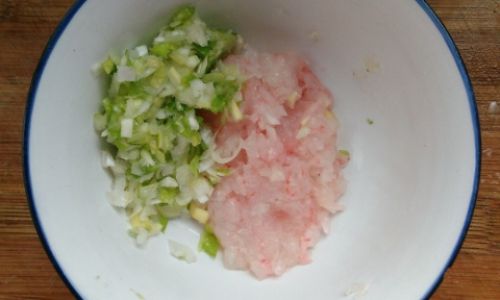
Word Count: 1,850+
This article provides a thorough exploration of baby shrimp wonton preparation, ensuring caregivers have the confidence and knowledge to create meals that are as delightful as they are nutritious.
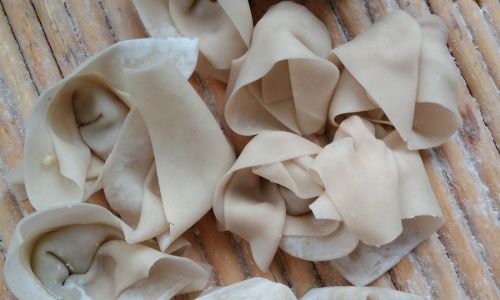
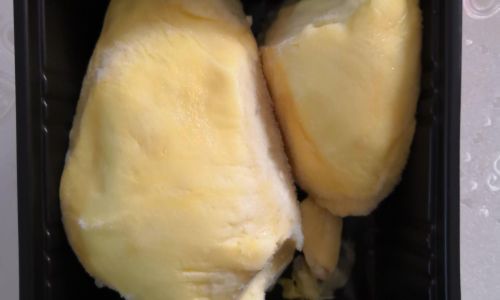
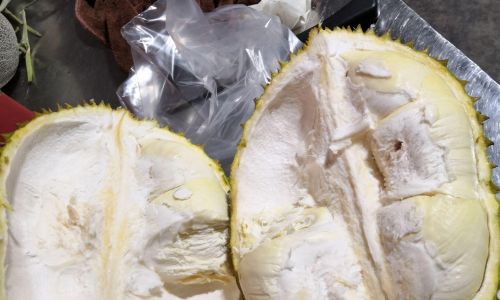
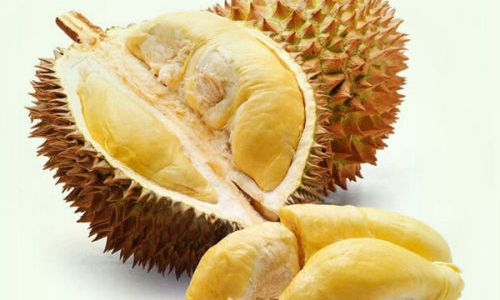
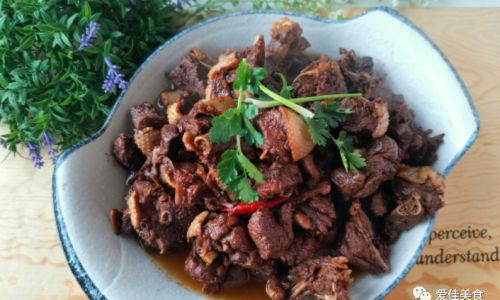
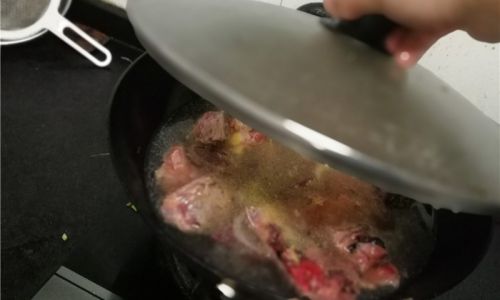
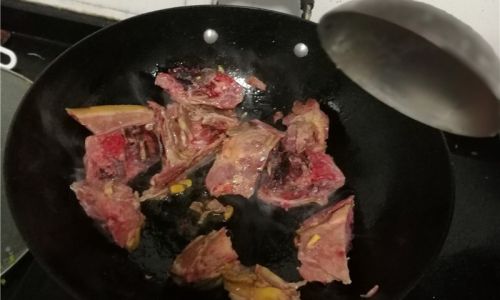
0 comments